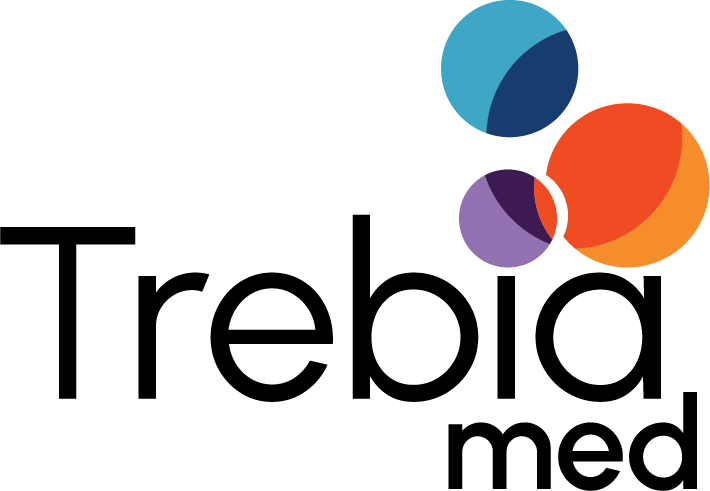Blog
Blog

By healthdelegatesteam
•
March 20, 2024
The Case for Transparency and Alignment In the intricate landscape of corporate benefits management, navigating the array of consulting services and pharmacy benefit managers (PBMs) presents its own set of challenges. Opting for consolidated solutions promises simplicity and efficiency on the surface but often conceals a deeper issue: the risk of misaligned incentives leading to inflated costs and compromised benefits management. Understanding the Pitfalls of Consolidated Solutions The allure of streamlined services through a single provider or consultant is understandable, aiming to reduce administrative burdens and potentially harness cost savings. Yet, this approach can inadvertently foster a setting where the interests of consultants or PBMs do not fully align with those of the company and its employees. Recently filed court cases accuse employers of overpaying for prescription drugs, exemplifies the possible neglect in securing competitive pricing, hinting at a broader issue of oversight. Compensation models for consultants that tie back to the volume or cost of procured services and medications can, albeit unintentionally, favor higher-cost options. This structure may prioritize the consultant's financial gain over the best interests of the company and its workforce, clouding the cost-effectiveness and benefits of management decisions and potentially undermining the fiduciary duty owed to employees. The Advantages of a Decentralized Approach to Benefits Management Choosing a decentralized model for managing benefits introduces multiple benefits, including: Competitive Pricing Assurance : Engaging with various providers for different benefits aspects allows for effective comparison and ensures optimal value. Improved Transparency: A decentralized model offers clearer insight into the costs and benefits of each package component, vital for budget management and justifying employee benefits. Fiduciary Duty Compliance : Critical evaluation and selection of benefits components align with the company’s responsibility to act in the best interests of its employees. Strategies for Effective Benefits Management Adopting a thoughtful approach to avoid misaligned incentives and honor fiduciary duties involves several key actions: Routine Audits : Regular evaluations of benefits plans can spotlight inflated costs or misalignments with employee needs. Diverse Vendor Engagement : Collaborating with multiple vendors encourages competitive pricing and terms. Transparent Vendor Selection : A clear and competitive vendor selection process ensures the identification of the best services and prices available. The recently filed case against J&J serves as a valuable lesson for companies to scrutinize their benefits management approach. While consolidated services offer appeal, it’s crucial to be mindful of potential misalignments and the significance of maintaining a competitive and transparent environment. Shifting towards a decentralized strategy can better align with employee interests, uphold fiduciary responsibilities, and unveil potential cost savings.
